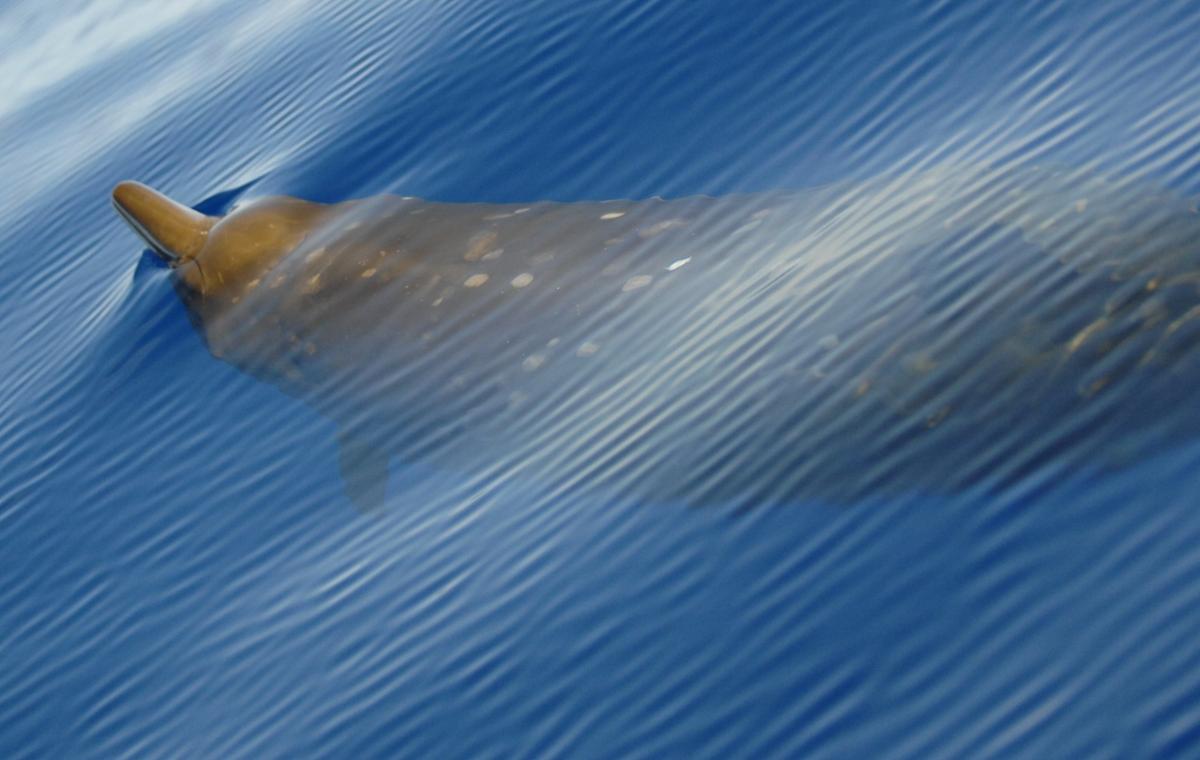Enigmatic creatures the size of a car roam our planet. Mighty predators crisscrossed with scars, they often lurk just out of view. Yet scientists know little about them: how many exist, where exactly they live, the full extent of their diet, or even when they’ll come into sight.
But these beasts are no leviathan of lore. Instead, they’re something much simpler: introducing the beaked whale.
No one is quite certain how many species of beaked whale exist. In fact, in autumn of 2021, a new species was discovered: Ramari’s beaked whale, named after a Māori scientist. But how has this curious mammal stayed hidden?
That question has two answers. First is the whale’s natural habitat: though they inhabit all the world’s oceans, beaked whales usually live in the open sea, far from shore. That alone makes them hard to spot: over seventy percent of the Earth’s surface is covered by saltwater, and some researchers estimate that more than a million species remain undiscovered in the watery deep.
Second, the beaked whale’s characteristics keep them out of sight. Known for their dolphin-like snout, and ranging from 13 to 36 feet in size, beaked whales are nevertheless well camouflaged. Usually black or gray, with few visible differences between species, they dive thousands of feet to hunt for food and avoid sharks or killer whales. When they surface, the spray from their blowhole is small and indistinct, making it hard for eager biologists to spot.
A creature of mystery, rather than myth, beaked whales captivate scientists, who hope that genetic testing and underwater listening devices will shed new light on these elusive animals.









